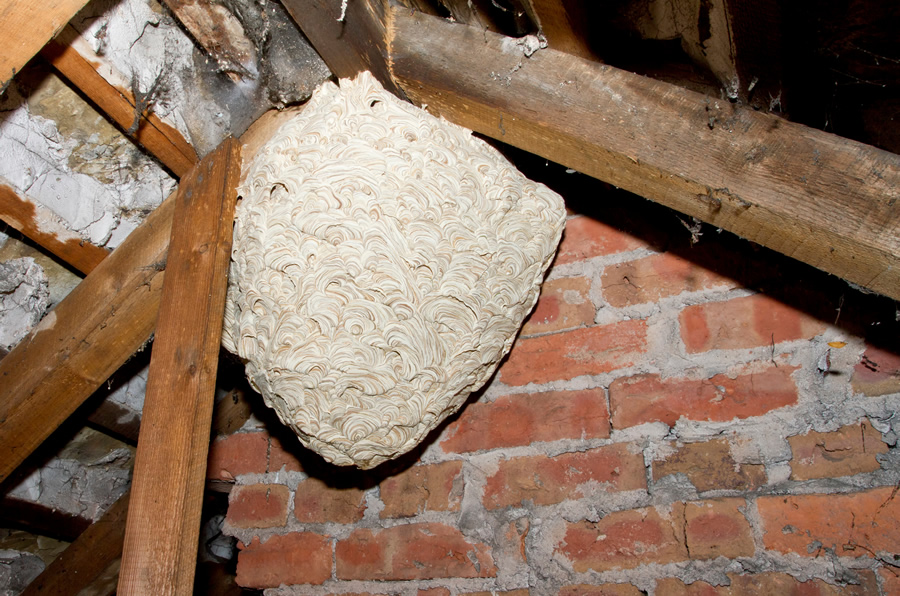Wasp Nest Removal: Protecting Your Family and Property
When it comes to enjoying the great outdoors, few things can disrupt your peace like discovering a wasp nest on your property. These buzzing insects can turn a pleasant day into a painful ordeal. That’s where wasp nest removal comes in. In this comprehensive guide, we’ll walk you through everything you need to know to safely and effectively deal with these stinging pests.

Identifying the Wasp Nest
Before you start the removal process, it’s crucial to identify the type of wasp nest you’re dealing with. Common wasp species include yellowjackets, paper wasps, and bald-faced hornets. Each has its unique characteristics and nesting behaviors.
Yellowjackets
Known for their distinctive yellow markings, yellowjackets typically build their nests underground, which can make them challenging to spot until it’s too late.
Paper Wasps
Paper wasps create umbrella-shaped nests often found hanging from eaves, branches, or any sheltered structure. They are generally less aggressive than yellowjackets but can still sting if provoked.
Bald-Faced Hornets
Recognizable by their black bodies and white markings, bald-faced hornets construct large, football-shaped nests that dangle from trees or high structures.
Safety First
Wasp nest removal can be risky, as these insects can become highly aggressive when their nest is threatened. To protect yourself and others, follow these safety precautions:
Wear Protective Gear: Don a beekeeper’s suit or wear Wasp nest removal thick, long-sleeved clothing, gloves, and a veil or face mask to shield yourself from stings.
Choose the Right Time: Plan your removal for late evening or early morning when wasps are less active and likely to be in the nest.
Selecting a Removal Method
Several methods can be employed for wasp nest removal. The method you choose may depend on factors such as the nest’s location, size, and your comfort level with handling it.
Chemical Sprays
Insecticides specifically designed for wasp nest removal are available at most hardware stores. When using these products:
Apply the insecticide in the late evening or early morning when wasps are inside the nest.
Aim the spray directly at the nest entrance.
Be sure to follow the manufacturer’s instructions precisely.
Freezing
While less common, some people opt to freeze the nest using CO2 or a similar substance. This method immobilizes the wasps, allowing for safer removal.
Professional Pest Control
For large nests, nests in hard-to-reach areas, or if you’re uncomfortable handling the task, it’s advisable to seek professional pest control services. They have the expertise and equipment to deal with wasp nest removal safely and effectively.
Removing the Nest
Once the wasp colony has been eliminated, it’s time to remove the nest. Follow these steps carefully:
Approach with Caution: Even after treatment, some wasps may remain alive but weakened. Approach the nest slowly and avoid sudden movements.
Detach Carefully: Use a long stick or scraper to gently detach the nest from its anchor point. Ensure you remove the entire nest.
Disposal
To prevent any surviving wasps from escaping and potentially rebuilding the nest, take these disposal steps:
Use a Plastic Bag: Place the removed nest into a plastic bag and seal it tightly.
Dispose Properly: Put the sealed bag in an outdoor trash bin, preferably one located away from your home.
Preventing Future Nests
To minimize the chances of future wasp nests on your property, consider these preventive measures:
Seal Entry Points: Seal gaps, cracks, and holes in your home’s walls and eaves to prevent wasps from nesting.
Install Screens: Use mesh screens on windows and vents to keep wasps out.
Food and Drink: When outdoors, keep food and sweet beverages covered to avoid attracting wasps.
Decoy Nests: Hanging decoy nests can deter wasps from building real nests in the same area.
Conclusion
Wasp nest removal is a task that should be approached with care, knowledge, and safety in mind. By following the steps outlined in this guide and taking the necessary precautions, you can effectively rid your property of these stinging insects. Remember that if the nest is large, inaccessible, or you’re uncomfortable handling it, it’s best to consult professional pest control services. They have the expertise to ensure a wasp-free environment.
Leave a Reply